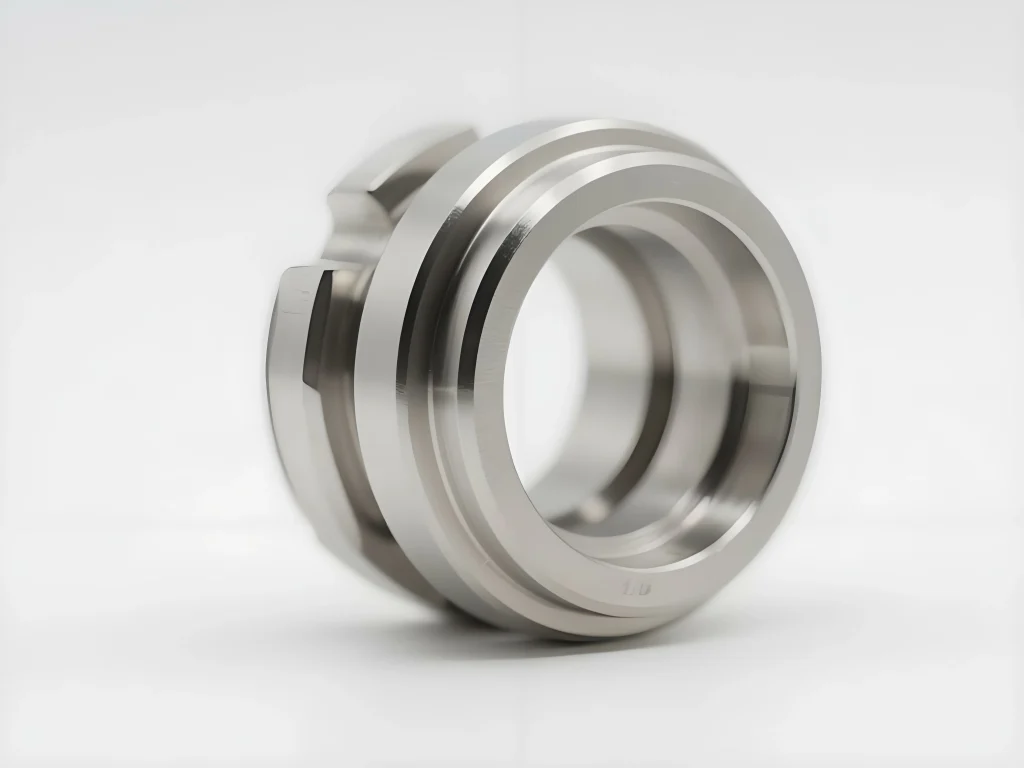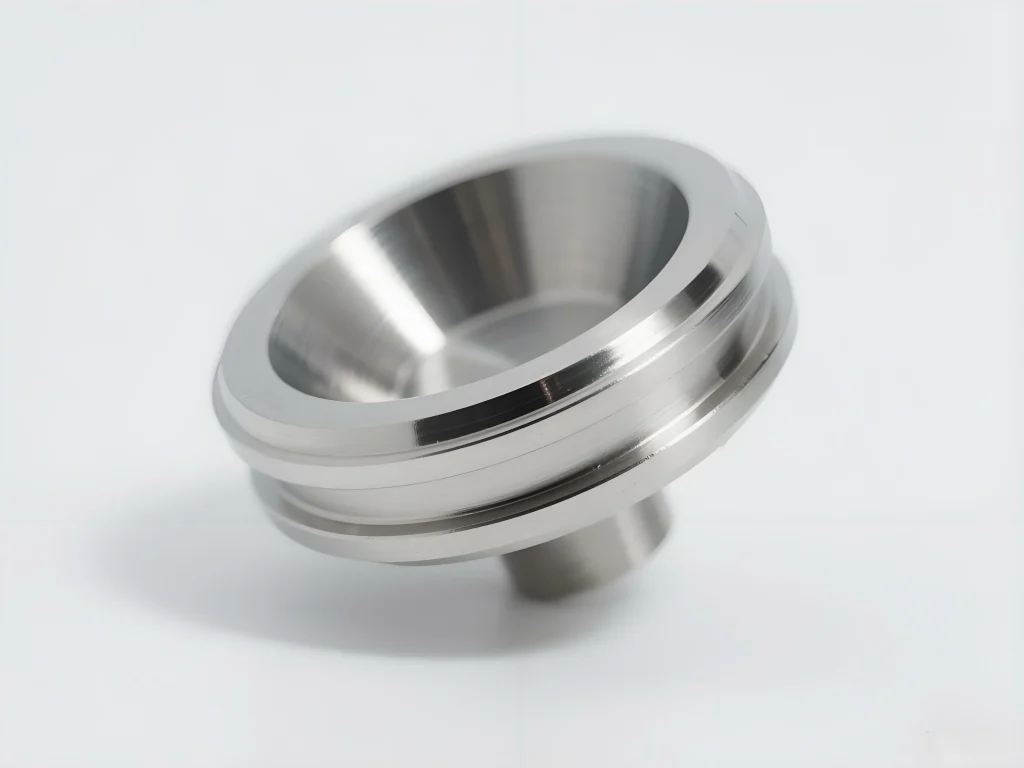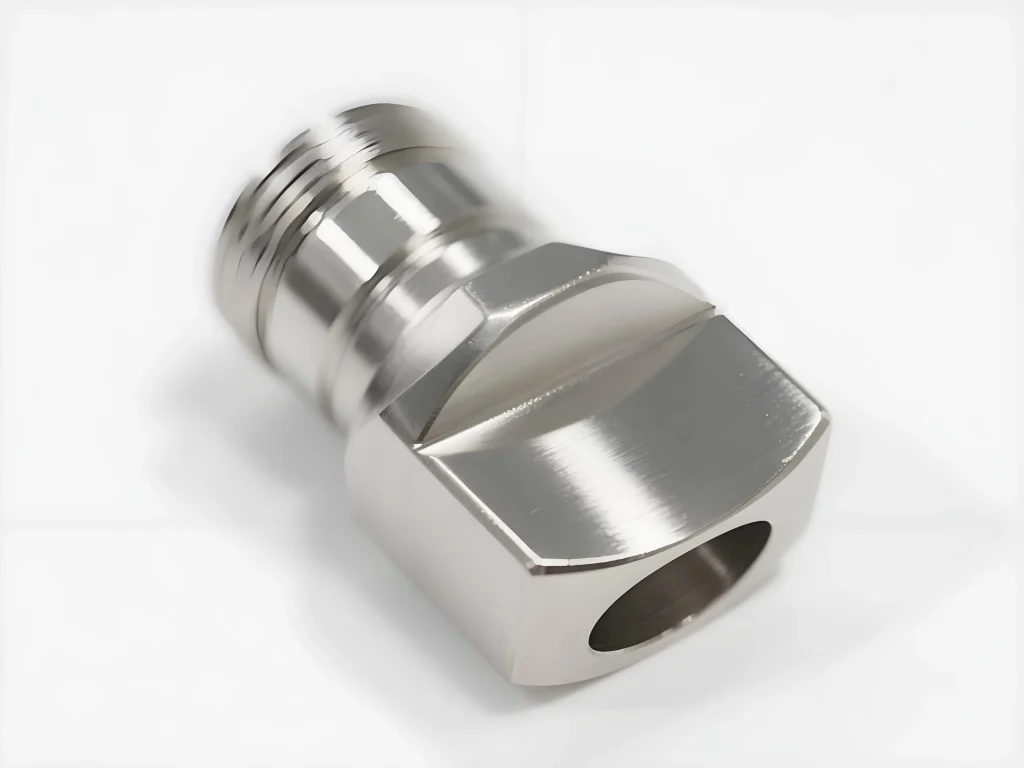1.Everything You Need to Know About Zinc Alloy for Die Casting
Zinc alloys are common in manufacturing thanks to strong mechanical traits, good corrosion resistance, and a low melting threshold. From simple door handles to intricate electronic enclosures, zinc alloy casting remains an efficient, durable solution. In this guide, you’ll dive into the Zinc Melting Temp, the melting temperature of zinc alloy, how it stacks up against other metals, how it shapes production, and tips for working with die cast zinc.
2.What Is Zinc Alloy?
Zinc alloy mixes zinc with metals like aluminum, copper, and magnesium. This combo boosts the core metal’s strength and casting behavior.
Zinc alloys offer high strength and good toughness, with easy control over zinc melting temperature. They flow smoothly during casting and block electromagnetic interference, making them great for tech devices.
These alloys are used in locks, hardware, auto parts, electronic cases, and small machine parts made by die casting zinc.
3.Traits of Good Zinc Alloy
(1)Clean Zinc Ingots
Start with high-grade zinc (0# type). Impurities like lead or iron will hurt the final product.
(2)Low Melting Range
Top zinc alloys melt at 380–390°C, and the crucible stays under 420°C. This moderate zinc melting point saves energy and widens its uses.
| Eigentum | Value |
| Melting Point of Zinc | 419.5°C (787.1°F) |
| Melting Temp of Zinc Alloy | 380–390°C |
| Boiling Point of Zinc | 907°C |
(3)Less Slag
Lower slag means higher product yield. Hotter zinc melting temps equal more slag – a costly waste, especially in zinc alloy casting for automotive components.

4.Spotting Quality Zinc Alloy
Snap and check the cross-section: Fine texture = better quality
Watch how it melts: Smooth flow at the right melting temperature of zinc alloy
People Also Ask: What temperature does zinc melt?
Pure zinc melts at 419.5°C. Zinc alloys melt a bit lower – usually 380–390°C.
Look into: zinc alloy melting point chart, zinc vs zinc alloy melting differences
5.Is Cheap Zinc Alloy Really Cheaper?
6.Zinc Alloy Storage Tips
Keep ingots dry and clean.
Check batches regularly to avoid junk metal.
Bad storage messes with zinc melting pot temps and ruins cast quality.
7.What to Watch While Using Zinc Alloy
1. Temp Checks
Ideal range: 415–430°C
Go hotter, and you get more slag
Melt should be smooth, not thick or red-hot
Signs of heat problems:
Gooey melt = cold
Red and fast-slagging = too hot
2. Process Control Tips
Central melting furnaces = more stable
Preheat your alloy bars
Avoid piecemeal feeding into the zinc melting pot
3. Tool Tips
Use stainless steel ladles. Ditch the iron – it pollutes the casting zinc process.

8.Ways to Cut Zinc Slag
- Don’t stir the molten alloy
- Keep a steady melting temperature of zinc
- Don’t skim too often – a light top layer blocks air
- Use a filter rake to lift slag gently
- Keep recycled metal under 30%
9.Key Alloy Elements in Zinc Casting
1.What Helps
Aluminum: Boosts flow, less erosion
Copper: Adds hardness, fights wear
Magnesium: Strengthens, resists grain boundary corrosion
2.What Hurts
| Element | Max Allowed |
| Lead | 0.004% |
| Tin | 0.002% |
| Chromium | 0.003% |
10.Where Zinc Alloys Shine
1.Automobilindustrie
Zinc alloy casting for cars works well due to tight fit and strength.
Use: custom zinc parts for auto housings, die cast zinc machine parts
2.Electronics
Why use zinc in electronics?
Blocks EMI
Holds dimensions well
11.About Welleshaft
Welleshaft makes zinc alloy die cast parts with full service – die casting, finish work, CNC, and assembly. Backed by expert teams and tech, Welleshaft ships reliable zinc casting material worldwide.
Need die cast zinc machine parts oder zinc alloy for electronics? Welleshaft has you covered.
12.People Also Ask (PAA)
1.What’s zinc’s melting point?
A: 419.5°C or 787.1°F for pure zinc.
2.Can I melt zinc at home?
A: Yes – with care. Use a proper zinc melting pot and ventilate well.
3.Zinc vs aluminum in die casting?
A: Zinc melts easier and casts more precisely. Aluminum is lighter.
4.How do I stop zinc slag?
A: Steady heat (415–430°C), no stirring, preheated bars.
13.Final Thoughts
Knowing the melting temperature of zinc alloy helps improve quality and cut costs in die casting zinc. Whether you’re making auto parts or phone casings, keeping your zinc melting temp in check makes all the difference.
Need help? Kontakt Welleshaft for trusted zinc alloy casting parts that perform.

